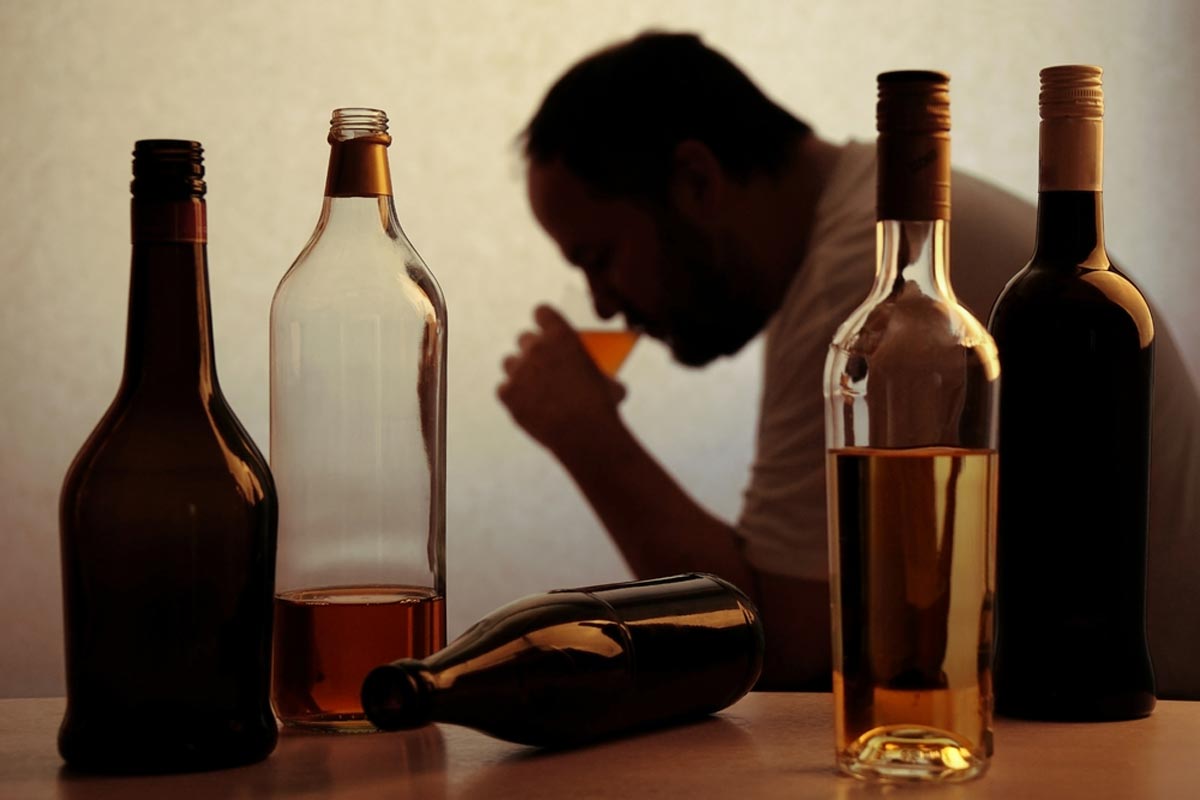Yesterday we wrote for our readers about binge drinking and high-intensity drinking. Binge drinking is associated with men consuming 5 or more drinks and women consuming 4 or more drinks—over a 2-hour period. Whereas high-intensity drinking is defined as men having 15+ drinks and women 10+ drinks per occasion. Both methods of consuming alcohol have been associated with alcohol poisoning, alcohol-related trauma, dependence and alcohol use disorder.
Drinking in the “unhealthy” ways listed above can cause a number of other problems as well. In the short term, those drinking in such ways are apt to experience blackouts, memory loss and anxiety. One can often recover from all of these problems in a day or two. But over longer periods of time, long-term drinking can result in mental health problems, and permanent brain damage resulting in learning disabilities, as well as cognitive and motor function damage. And that is just the damage that heavy alcohol use can have on the brain. A whole other article/post could easily be dedicated to the substance’s effects on vital organs, like the liver and pancreas.
With all the potential harm that alcohol can cause, one may ask themselves how this substance could be legal. Sure, someone could counter by saying that when used in moderation, alcohol is relatively harmless. But is it really? After all, alcohol can remove paint, is flammable and certain combustion engines can even run on the substance. Yet, every day millions of Americans ingest it and many would even argue that they have earned it.
Is Alcohol Worth It?
Over the years, there has been shaky research disseminated, which claimed that alcohol in small amounts may be good for the certain organs, like the heart for instance. However, the little evidence that exists in defense of such research is questionable at best. If you are drinking because you think you are doing yourself a healthy service, you may want to rethink the practice.
Scientists will probably continue to argue over the health benefits of alcohol consumption for years to come, but in the meantime, we should all do our best to continue to learn about the negative health consequences of alcohol use, even in small amounts.
New research out of the United Kingdom has found that alcohol use can have adverse effects on your brain and impact cognitive function, BMJ reports. I know you are thinking, ‘hold on, you’ve already mentioned that that can occur.’ And you are right. What makes this new study so interesting is that the researchers found that the aforementioned impacts can occur from even moderate drinking.
“Our findings support the recent reduction in UK safe limits and call into question the current US guidelines, which suggest that up to 24.5 units a week is safe for men, as we found increased odds of hippocampal atrophy [a form of brain damage that affects memory and spatial navigation] at just 14-21 units a week, and we found no support for a protective effect of light consumption on brain structure,” the researchers write. They conclude that: “Alcohol might represent a modifiable risk factor for cognitive impairment, and primary prevention interventions targeted to later life could be too late.”
You May Not Know You Have An Alcohol Use Problem
It can be easy to rationalize one’s alcohol use as being well within the social norms. But who established the limits on safe alcohol consumption? One can always find someone who seems to have a more insidious relationship with alcohol in order to justify continued use. The takeaway from research like this is that there is probably no such thing as healthy drinking, sure it may not lead one down the road towards alcohol use disorder—but it’s certainly not doing your health any favors.
If you have started experiencing negative effects on your health from alcohol, it is strongly suggested that you talk to someone about your relationship with alcohol. There may be a problem that needs to be addressed, sooner rather than later. Please contact 10 Acre Ranch today to discuss your options.

